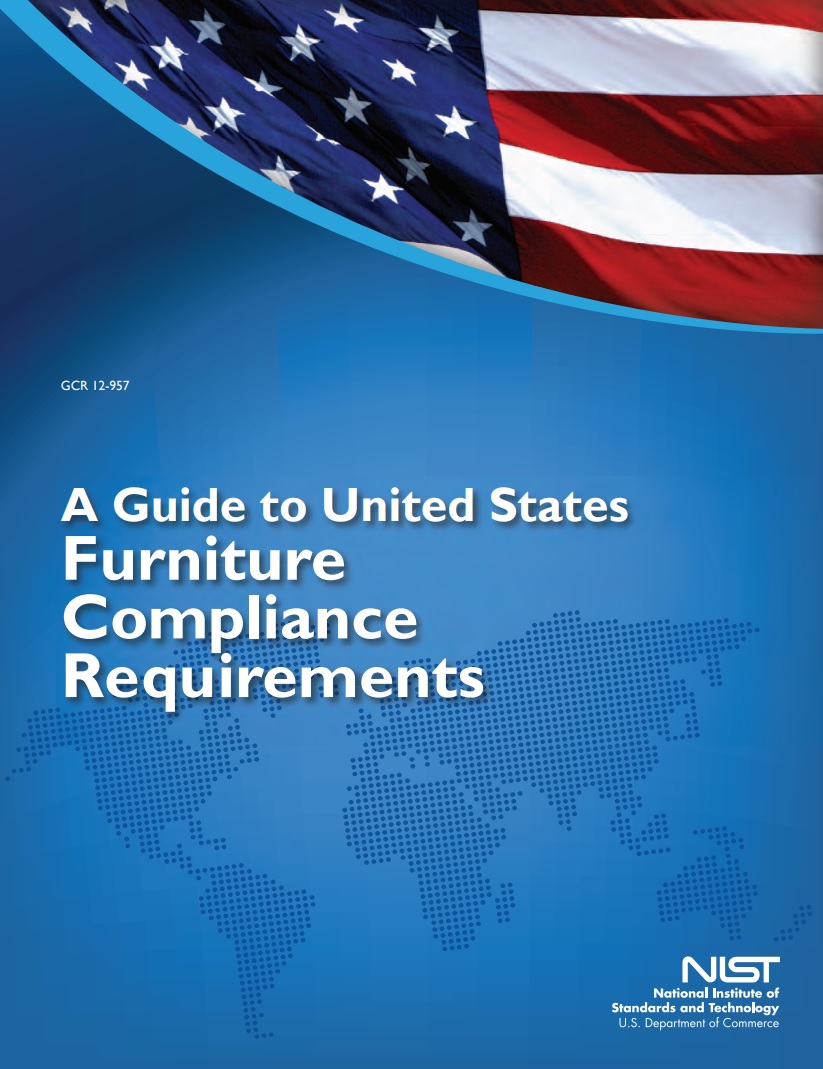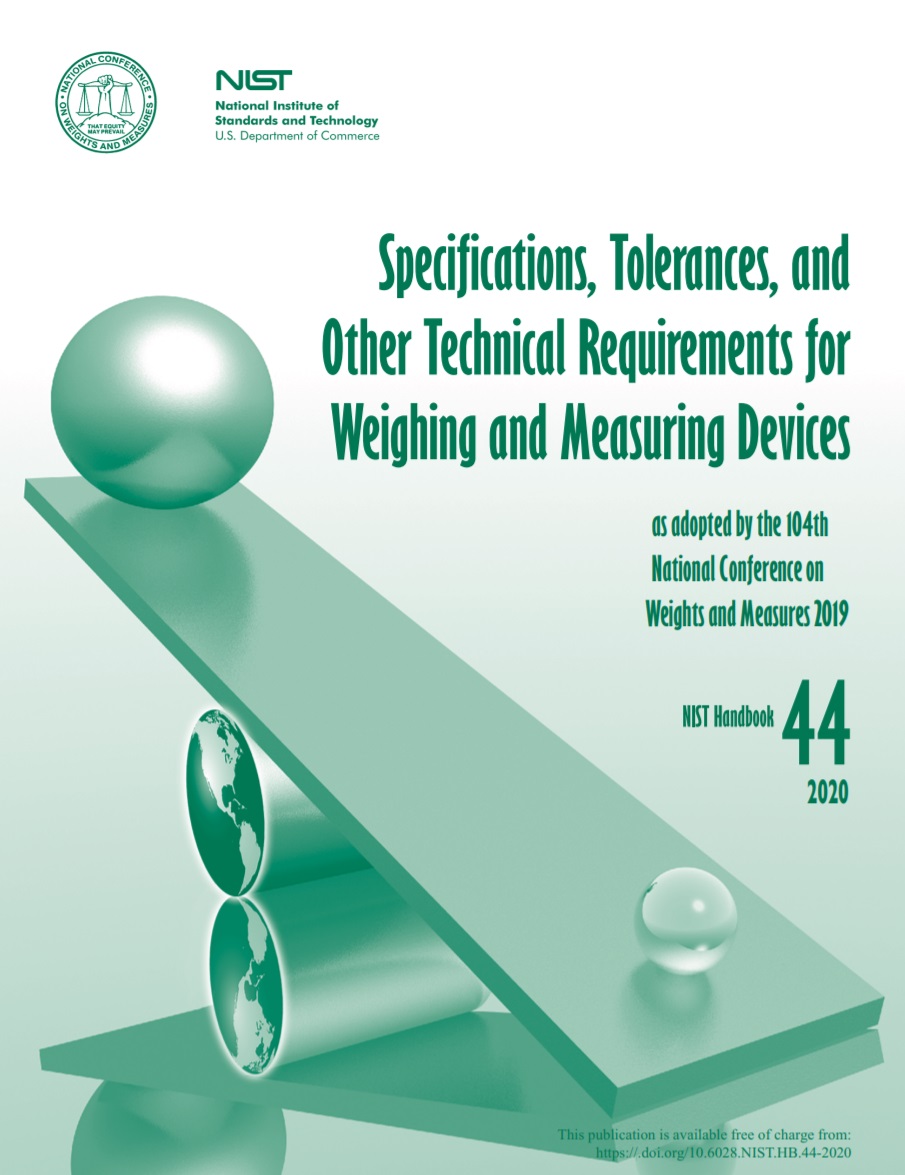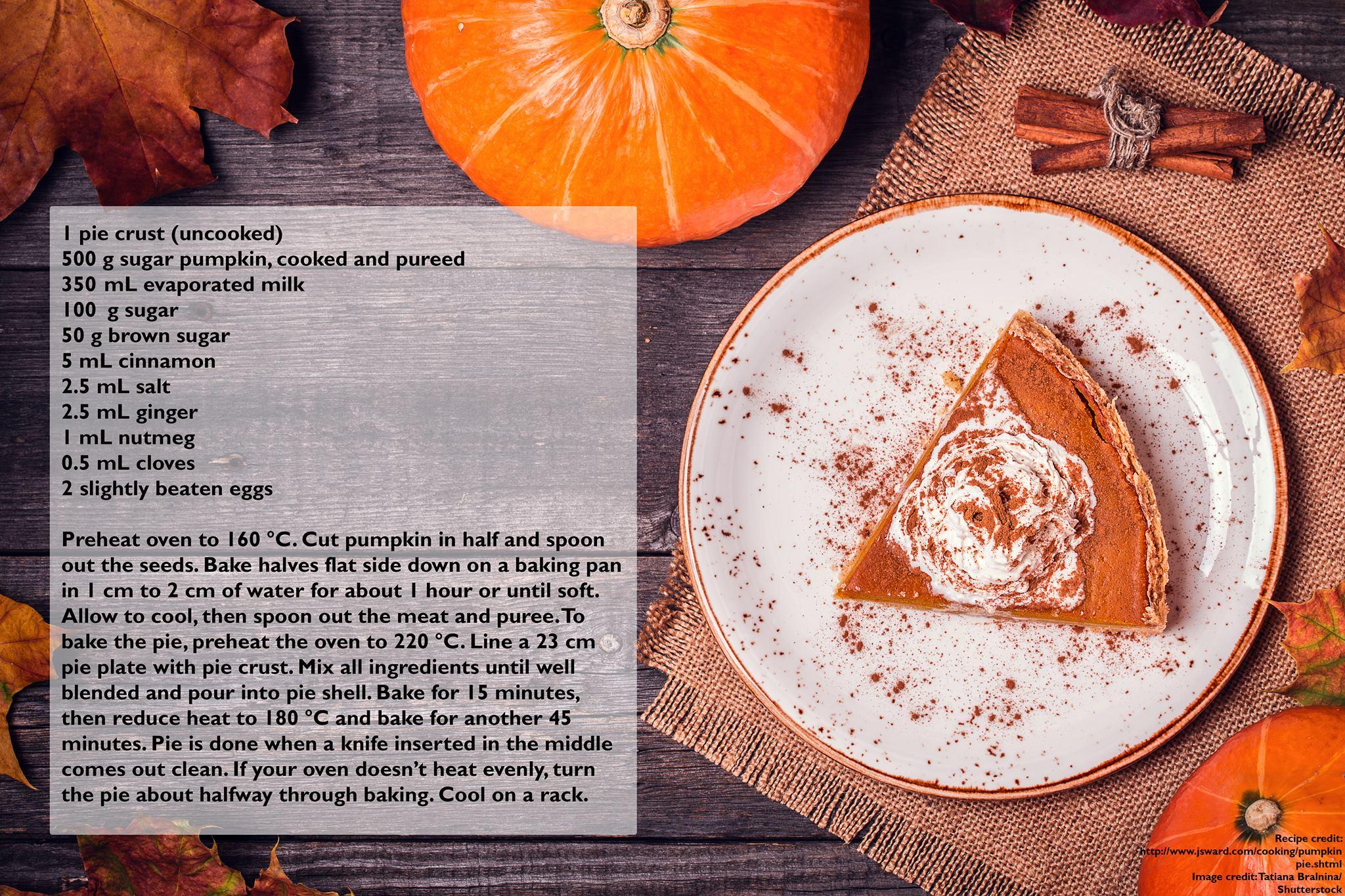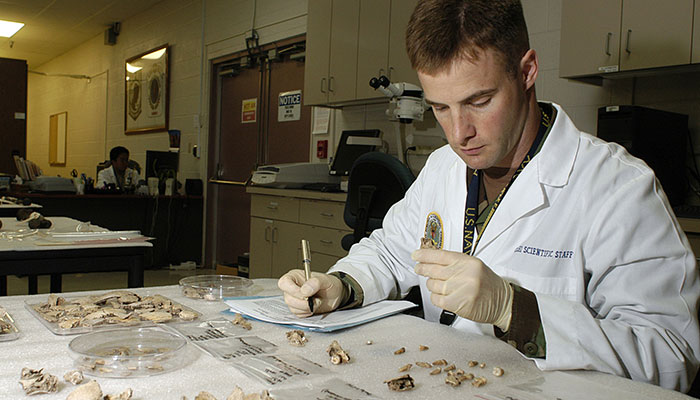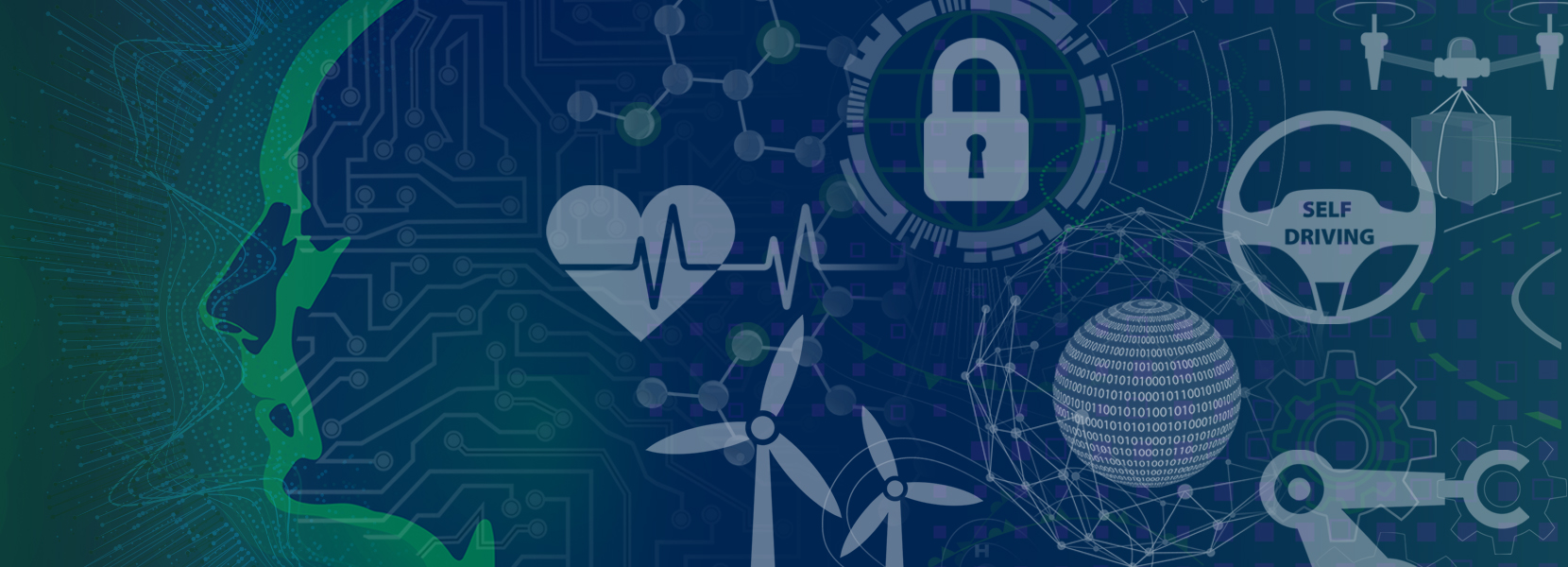Category Archives: @NIST
- Home
- Archive by category "@NIST"

Standard Reference Material
Metrology is the scientific discipline that deals with measurement, including both the theoretical and practical aspects of measurement. It is a broad field that encompasses many different areas, including length, mass, time, temperature, and electrical and optical measurements. The goal of metrology is to establish a system of measurement that is accurate, reliable, and consistent. This involves the development of standards and calibration methods that enable precise and traceable measurements to be made.
The International System of Units is the most widely used system of units today and is based on a set of seven base units, which are defined in terms of physical constants or other fundamental quantities. Another important aspect of metrology is the development and use of measurement instruments and techniques. These instruments and techniques must be designed to minimize errors and uncertainties in measurements, and they must be calibrated against recognized standards to ensure accuracy and traceability.
Metrology also involves the development of statistical methods for analyzing and interpreting measurement data. These methods are used to quantify the uncertainty associated with measurement results and to determine the reliability of those results.
Pumpkin Pie
“There is no love sincerer than the love of food.”
– George Bernard Shaw
Related:
Standards Curricula Program
How to Apply | Awardees 2012-2025 | News Items
2024 Update: NIST Awards Funding to 8 Universities to Advance Standards Education
The Standards Coordination Office of the National Institute of Standards and Technology conducts standards-related programs, and provides knowledge and services that strengthen the U.S. economy and improve the quality of life. Its goal is to equip U.S. industry with the standards-related tools and information necessary to effectively compete in the global marketplace.
Every year it awards grants to colleges and universities through its Standards Services Curricula Cooperative Agreement Program to provide financial assistance to support curriculum development for the undergraduate and/or graduate level. These cooperative agreements support the integration of standards and standardization information and content into seminars, courses, and learning resources. The recipients will work with NIST to strengthen education and learning about standards and standardization.
The 2019 grant cycle will require application submissions before April 30, 2019 (contingent upon normal operation of the Department of Commerce). Specifics about the deadline will be posted on the NIST and ANSI websites. We will pass on those specifics as soon as they are known.
The winners of the 2018 grant cycle are Bowling Green State University, Michigan State University, Oklahoma State University, and Texas A&M University. (Click here)
The University of Michigan received an award during last year’s grant cycle (2017). An overview of the curriculum — human factors in automotive standards — is linked below:
NIST Standards Curricula INTRO Presentation _ University of Michigan Paul Green


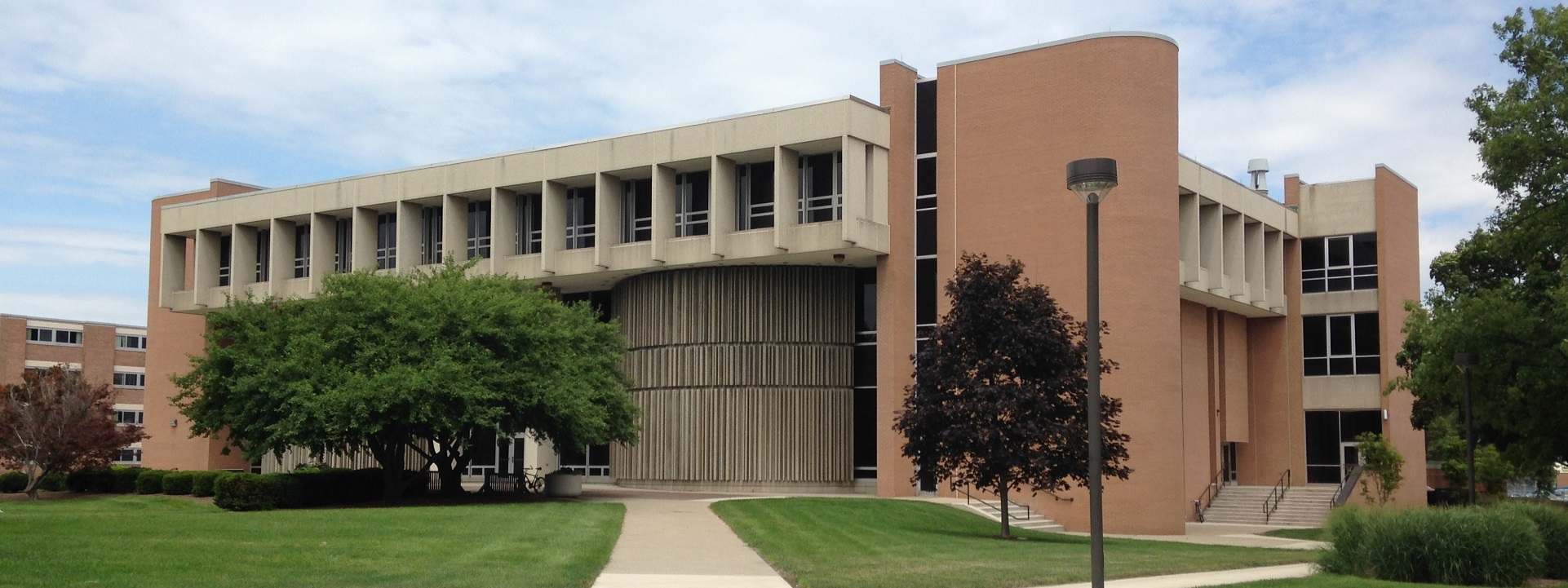

Information about applying for the next grant cycle is available at this link (Click here) and also by communicating with Ms. Mary Jo DiBernardo (301-975-5503; maryjo.dibernardo@nist.gov)
LEARN MORE:
Click here for link to the previous year announcement.
Technical Barriers to Trade
We track action in international administrative procedures that affect the safety and sustainability agenda of the education facility industry. From time to time we find product purchasing contracts that contain “boilerplate” requiring conformity to applicable regulations found in the Agreement on Technical Barriers to Trade (TBT). Common examples are found in contracts for the acquisition of information technology and specialty laboratory equipment.
The World Trade Organization TBT Agreement obliges all Parties to maintain an inquiry point that is able to answer questions from interested parties and other WTO Members regarding technical regulations, standards developed by government bodies, and conformity assessment procedures, as well as provide relevant documents. The TBT Agreement also requires that WTO Members notify the WTO of proposed technical regulations and conformity assessment procedures so interested parties can become acquainted with them and have an opportunity to submit written comments.
Technical Barriers to Trade Information Management System
The inquiry point and notification authority for the United States is operated by the National Institute of Standards and Technology an agency within the U.S. Department of Commerce. We provide a link here for the convenience of faculty, specifiers and purchasing professionals.
Notify U.S. Standards Coordination Office USA WTO Enquiry Point
We include the TBT on the agenda of our Hello World! colloquium; open to everyone. See our CALENDAR for the next online meeting.
More
Artificial Intelligence Standards
U.S. Artificial Intelligence Safety Institute
ANSI Response to NIST “A Plan for Global Engagement on AI Standards”
On April 29, 2024 NIST released a draft plan for global engagement on AI standards.
Comments are due by June 2. More information is available here.
Request for Information Related to NIST’s Assignments
Under Sections 4.1, 4.5 and 11 of the Executive Order Concerning Artificial Intelligence
The National Institute of Standards and Technology seeks information to assist in carrying out several of its responsibilities under the Executive order on Safe, Secure, and Trustworthy Development and Use of Artificial Intelligence issued on October 30, 2023. Among other things, the E.O. directs NIST to undertake an initiative for evaluating and auditing capabilities relating to Artificial Intelligence (AI) technologies and to develop a variety of guidelines, including for conducting AI red-teaming tests to enable deployment of safe, secure, and trustworthy systems.
Regulations.GOV Filing: NIST-2023-0009-0001_content
Browse Posted Comments (72 as of February 2, 2024 | 12:00 EST)
Standards Michigan Public Comment
Did you know? If you’ve seen clocks advertised to consumers as “atomic clocks,” those are actually listening to NIST radio stations’ time signals so they can count the seconds accurately. pic.twitter.com/hTTO0smikl
— National Institute of Standards and Technology (@NIST) January 31, 2024
Why You Need Standards
In 1936, a team of @NIST researchers, including optical physicist Irvine Gardner, joined National Geographic Society to observe June solar eclipse with a 9-inch astrographic lens Gardner designed. He has 9 patents, including for the wide-angle binocular telescope & range finder. pic.twitter.com/BblX8FnTBL
— USPTO (@uspto) April 3, 2024
Department of Justice Antitrust Case Filings
…When we talk about standards in our personal lives, we might think about the quality we expect in things such as restaurants and first dates. But the standards that exist in science and technology have an even greater impact on our lives. Technical standards keep us safe, enable technology to advance, and help businesses succeed. They quietly make the modern world tick and prevent technological problems that you might not realize could even happen…”
New update alert! The 2022 update to the Trademark Assignment Dataset is now available online. Find 1.29 million trademark assignments, involving 2.28 million unique trademark properties issued by the USPTO between March 1952 and January 2023: https://t.co/njrDAbSpwB pic.twitter.com/GkAXrHoQ9T
— USPTO (@uspto) July 13, 2023
Standards Michigan Group, LLC
2723 South State Street | Suite 150
Ann Arbor, MI 48104 USA
888-746-3670


